Of all the left’s grievances against western civilisation, few are as old or as constant as its demonisation of Christianity. Ever since Karl Marx described religion as “opium for the masses”, the left has selectively ignored Christianity’s pursuit of love and truth, and instead portrayed it as a superstitious fiction designed to oppress the gullible. More recently, it has been singled out for sex crimes against children, despite evidence that secular organisations and Islam are equally or more culpable.
So it was astonishing to see the fashion industry – traditionally one of the most reliable and formidable supporters of leftist causes – break ranks to help celebrate the wonders of Catholicism at Heavenly Bodies, an exhibition that opened at the Met Museum in New York last month.
Having attended the exhibition, I can testify that this is not just a stunning show, but a potentially significant development in the culture wars.
Until recently, the only response to the question, “Does the fashion industry hate religion?” was, “Does the Pope wear a funny hat?” There is no shortage of funny hats in Heavenly Bodies, but here they are presented as beautiful inspirations rather than anachronistic oddities in a secular world.
The introduction to the show quotes the late American Catholic priest, writer and scholar Andrew Greeley: “Catholics live in an enchanted world, a world of statues and holy water, stained glass and votive candles, saints and religious medals, rosary beads and holy pictures. But this Catholic paraphernalia are mere hints of a deeper and more pervasive religious sensibility which inclines Catholics to see the Holy lurking in creation. As Catholics, we find our houses and our world haunted by a sense that the objects, events and persons of daily life are revelations of grace” (from The Catholic Imagination, published in 2000).
As you enter, you walk beneath elevated mannequins, lined up as if on a celestial catwalk, wearing Dolce and Gabbana, Lacroix and Dior with overt Catholic symbols and references. Other designers featured further inside include John Galliano, Versace, Schiaparelli and Thierry Mugler juxtaposed against items from the Met’s collection of centuries-old Catholic chalices, crucifixes and statues of the Virgin and child. Most are accompanied by quotes from the designers explaining their appreciation for having grown up with Catholicism’s devout aesthetics and moral framework.
One of the highlights is Galliano’s “Madonna Wedding Ensemble” for Dior from 2005, inspired by Peruvian Catholicism from the sixteenth to eighteenth centuries, an angelic white-lace creation with wings and gold crown. It was clearly never intended to be worn by a mere mortal.
As Michael Nyman’s pulsating, relentlessly building Time Lapse draws you further into the exhibition, the distinction between Catholicism and fashion fades until the two become one. And so they should. They have much in common. Both are hierarchical, judgmental, aesthetic and entwined with the mystery and power of sexuality. Just as fashion is a method by which bodies can become heavenly, Catholicism, through marriage, transforms carnality into a spiritual act endorsed by the divine.
Even more importantly, fashion and Catholicism both evolve as the West’s concepts of truth and beauty change.
As New York Cardinal Archbishop Timothy Dolan said at the Met Gala, the outrageously lavish party that opened the exhibition, “You may be asking, what is the cardinal archbishop of New York doing here? Think about it just for a moment. It’s because the church and the Catholic imagination are all about three things: truth, goodness, and beauty… That’s why we love to serve the poor, to do good. And that’s why we’re into things such as art, poetry, music, liturgy, and, yes, even fashion, to thank God for the gift of beauty.”
The left, in its pursuit of vulgarity and a paganistic reverence for nature, has all but abandoned the “gift of beauty”. No wonder the fashion industry, so sensitive to aesthetics, was so easily able to align itself again with the one religion its usual political allies hate probably more than any other.
Leaving the exhibition and rejoining the crowds heading back downtown along Fifth Avenue, I don’t feel burdened with the dull sense of guilt that I recall lingered after the Masses I attended at school. Rather, I feel reassured and uplifted that our culture can explore the nexus between beauty, frailty and inspiration with such ease because that is what we have always done. Just as the exhibition makes religion and fashion seamless, so too does there seem to be a strong link between the displays inside the museum and the world outside it. Not that there are people wearing Galliano wings or Versace crosses, of course, but that we share with religion, consciously or otherwise, a daily pursuit of the divine that evolves and inspires.
Is this the beginning of a movement in which western civilisation reclaims a significant chunk of its own symbolic, intellectual and aesthetic roots? God, I hope so.
Fred Pawle is the Communications Director of the Menzies Research Centre.
Got something to add? Join the discussion and comment below.
Got something to add? Join the discussion and comment below.
Get 10 issues for just $10
Subscribe to The Spectator Australia today for the next 10 magazine issues, plus full online access, for just $10.

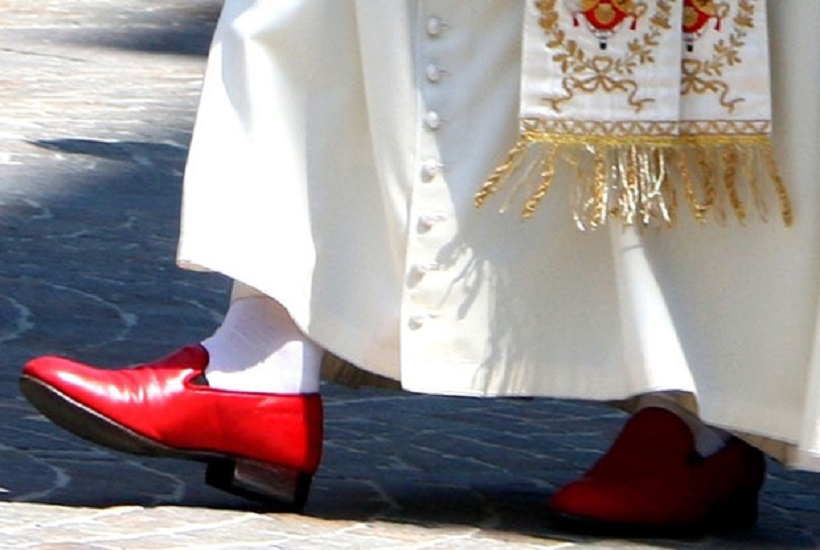

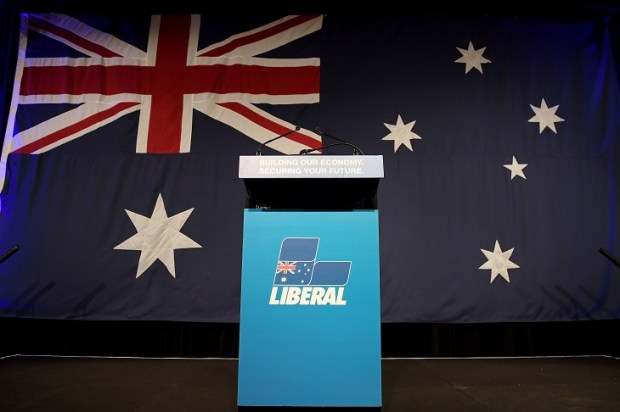
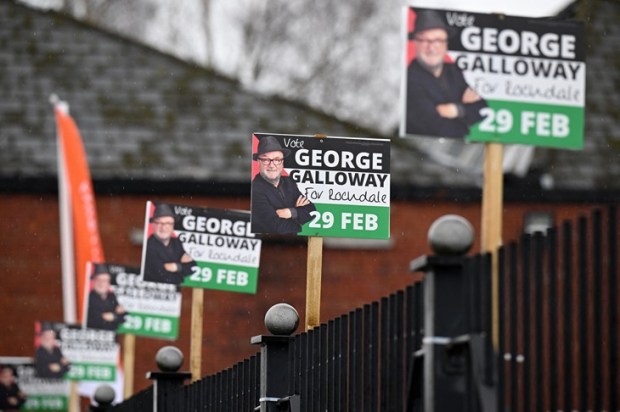
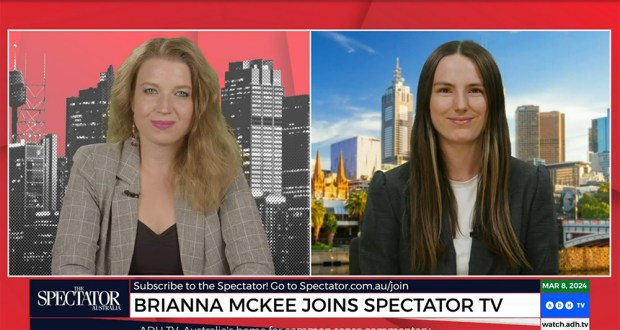
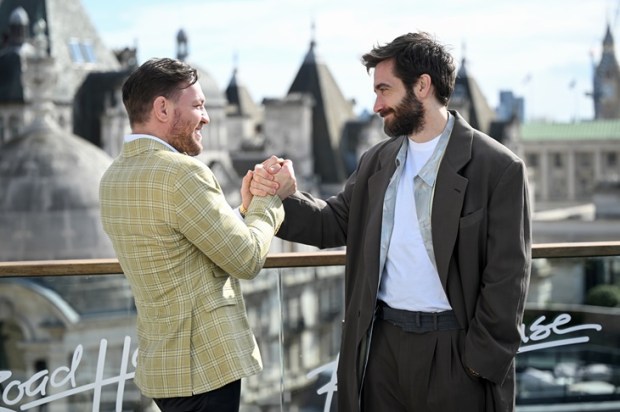
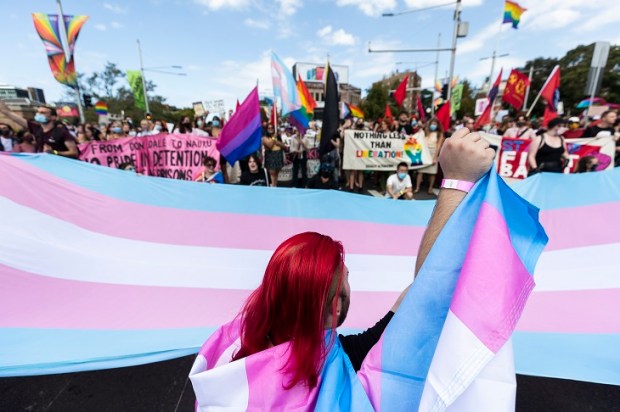


















Comments
Don't miss out
Join the conversation with other Spectator Australia readers. Subscribe to leave a comment.
SUBSCRIBEAlready a subscriber? Log in